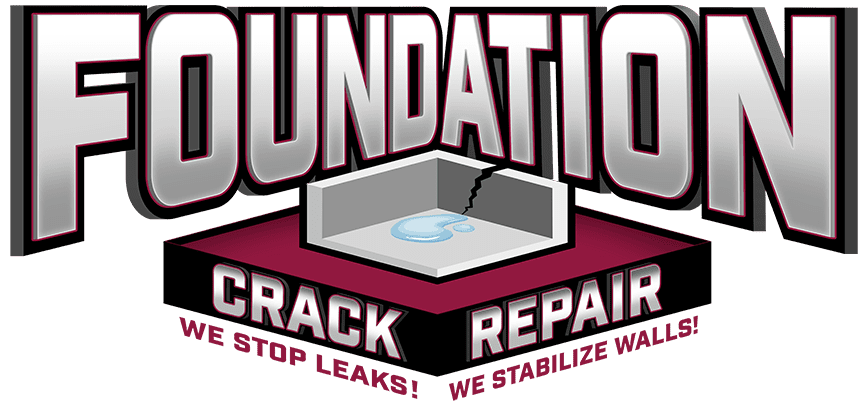The foundation of your home is considered one of the most important parts of its structure. After all, its function is to hold up the entire building and keep it safe even during strong storms. It needs to be cost-effective, water-resistant, and have a high compressive strength, which is why foundations are always made out of concrete. Although the way they’re poured or made may vary, concrete foundations have been used by homes for hundreds of years.
So, if concrete is so strong, how is it possible that foundations end up with cracks in them? Over time a number of changes in the soil surrounding the foundation, as well as the moisture changes in the air, can create a perfect storm for weakened areas of the concrete to begin changing. Other influencing factors can include vibrations, water leaks, or an act of God (e.g. an earthquake). Cracks can also occur if a car crashes into the structure–and yes, it does happen!
Let’s break down each cause and examine closer how it can occur, so you can also be aware of the telling signs of a crack, and what to do when you’re affected.
Movement in Foundation
Gravity, water, vegetation, vibrations, hillside creeping, and mines can cause movements in the soil that cause an imbalance of load. Unfortunately, as this process happens underground, we typically don’t know when it’s a problem until noticeable damage in the foundation is discovered. Thankfully, this doesn’t always happen–however, when it does, you’ll want to make sure that proper professionals look over the situation.
In general, make sure that you occasionally check for cracks from the outside and inside of the basement. Especially check if you live in an area that has or has had:
- Extreme conditions (e.g. heavy rains or drought)
- Unstable or extreme humidity
- Active vegetation or tree(s) growing close to the foundation
- Hills or mountains affecting elevation, soil, or creeping (often the case with soft soil)
- Mines
- Sinkholes
- Machinery/construction in the area causing mass vibrations to the soil profile of the structure
Really any type of water damage, vegetation, extreme weather conditions, vibrations, or similar can spur changes in the ground that ultimately result in compromised structural conditions.
Other conditions may be the result of water damage, acts of God, or even car collisions!
Water Damage
Storms, flooding, and erosion as a result of nearby drainage or streams can compromise the structural integrity of a building. Chemical water contamination can also compromise the structure as well.
On the other hand, droughts can cause clay soils surrounding the foundation to shrink and expand, expelling pressure when moisture rehydrates them again.
Be on the lookout for plumbing leaks, poor drainage, and water penetration (especially if you live near a body of water or storm area).
Nearby Construction, Acts of God, and Car Crashes–Oh My!
Any nearby machinery that causes a disruption or vibrations can cause foundations to be compromised. An act of God may also apply here when earthquakes or nearby construction sends vibrations through the ground that cause the concrete to eventually separate.
It may sound strange, but car crashes into buildings are more common than you’d think. The magazine Slate estimates that car-on-building collisions occur about 60 times a day.
We hope you never encounter an accident or occurrence affecting the structure of your business in your life time. However if you do, be familiar with the pros that fix these situations everyday. Call Foundation Crack Repair, a five star foundation crack repair company with demonstrated years of experience.

